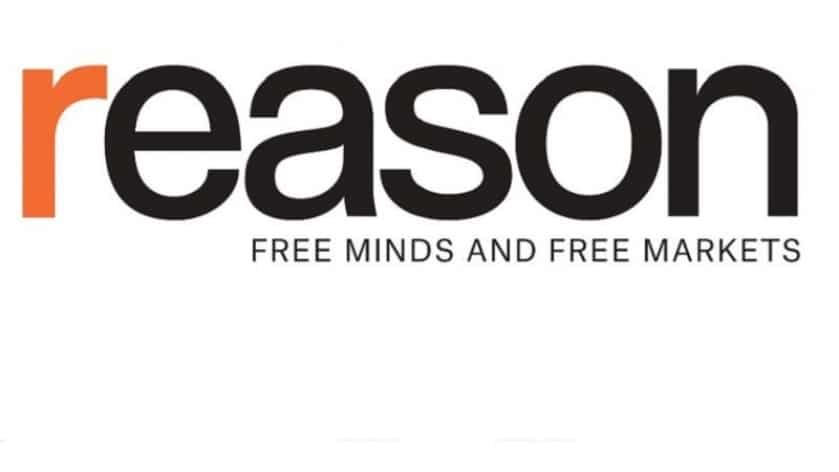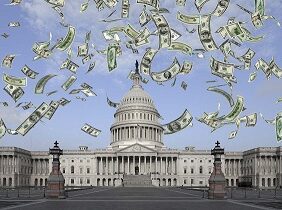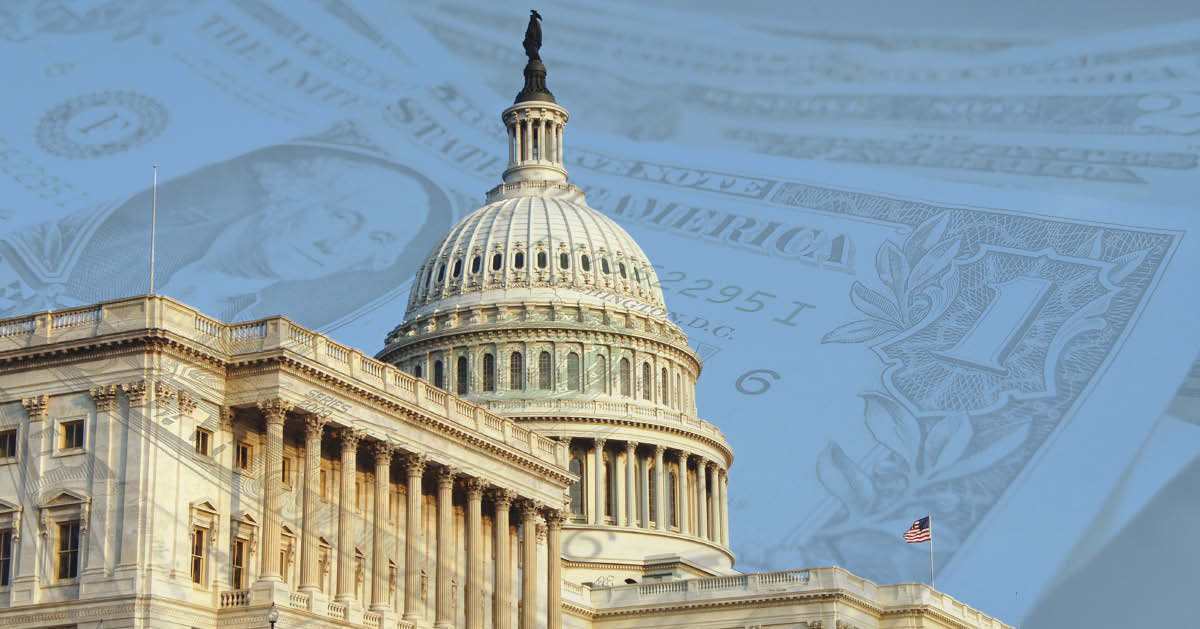Congressional Earmarks
Parochial spending for pet projects, instead of priority spending.
Earmarks are line-items in appropriations bills, sponsored by a single or small number of lawmakers, that direct funds from an agency or programmatic account towards a specific location, project, institution or activity.
Prior to the 1990s, earmarking was a relatively rare occurrence, but from the mid-1990s through 2005, the practice of earmarking grew dramatically from roughly 3,000 in 1996 to more than 15,000 in 2005. Even in 2010, the last year before the current earmark moratorium there were more than 9,000 earmarks, triple the number just 15 years prior.
There are many problems with earmarking – the practice is inherently opaque, presents special opportunities for corruption, smacks of pay to play, and rewards political muscle rather than project merit. One of the most infamous examples of earmarks was the Bridge to Nowhere, which Taxpayers for Common Sense found, named, and stopped.
During the earmark era, Taxpayers for Common Sense databased and made available tens of thousands of earmarks to identify trends and abuses.
Congress put a moratorium on the practice of earmarking in 2011. But some lawmakers argue that the practice should be restored to make it easier for Congress to do business. We disagree.
The issue does not look like it will go away. So, if you’re digging into what bringing back earmarks would mean, here’s a short list items that we worked on in the recent (and not so recent) past and things we’ve said on the subject:
- Our Earmarks Database – for fiscal years 2008-2010 when lawmakers had to claim their earmarks, we databased them all to actually analyze the data. (Transparent at the time was a paper chart at the end of the report accompanying the bill. To know the true beneficiary, we had to match a separate request letter to the earmark – except for Senate earmarks, which didn’t even have a public letter.)
- The Bridge To Nowhere. Officially called the Gravina Access Project, we gave this wasteful project the Golden Fleece Award in 2003. Because $315 million on a project to serve 8000 residents (13000 if the entire county was included) seemed most worthy of the award.
- You can find more opeds by Ms. Alexander here and here.
- There’s a summary of some of the scandals that led to the “transparency” reforms.
- There’s this Wall Street Journal article based on our work documenting then Rep. Charlie Taylor’s (R-NC) penchant for getting earmarks near where he owned property.
- Finally, here’s the Taxapayers for Common Sense analysis of FY2008 and FY2010 earmarks and history and implications.
Want to know more about congressional earmarks?
We’ve been talking about this topic for a long time. Explore our deep archive of material below.
March 2022
Nine area projects are part of federal spending plan
TCS2022-03-21T13:01:04-04:00Mar 12, 2022|5 min read
Earmarks Are Back, and They’re Just as Sleazy and Secretive As Ever
TCS2022-03-11T15:08:55-05:00Mar 11, 2022|7 min read
Congress Finally Finalizes FY22 Spending
TCS2022-05-11T13:51:52-04:00Mar 11, 2022|6 min read
Lawmakers feast on pork in omnibus
TCS2022-03-10T10:58:15-05:00Mar 10, 2022|9 min read
What’s In A Name
TCS2022-03-09T14:13:32-05:00Mar 9, 2022|1 min read





